
 “Radio is the most intimate and socially personal medium in the world.” – Harry von Zell.
“Radio is the most intimate and socially personal medium in the world.” – Harry von Zell.
National Radio Day is August 20, 2015—a day for communities across the country to celebrate radio. As part of my Doer work for Brown Paper Tickets, I’m organizing the first annual coast-to-coast celebration in partnership with non-commercial radio stations across the U.S.
In 2013, I organized my first National Radio Day event with a regional cohort of low-power FM soon-to-be applicants at Jack Straw, an audio nonprofit in Seattle. The group relayed hopes and dreams for how their proposed radio stations would serve their communities. Take a look at my first National Radio Day event.
I’d been searching for ways to support relationship building among the many forms of community and public radio with similar missions. A common project on National Radio Day seemed like a good fit. Staff from roughly 30 stations RSVP’d for a conference call in July, so I knew I was on to something. Several ideas bubbled to the top, and it was suggested that we promote all of them so that folks can choose the ones that work best for them.
Together, let’s fuel some radio appreciation.
There are several ways for listeners, indie producers and stations to get involved with National Radio Day. Listen to shows. Volunteer and donate. Send sonic love notes to radio over airwaves.
Here are 12 creative ideas:
Listeners
- Talk radio on social media and encourage others to do the same. Use hashtag: #NationalRadioDay
- Record and submit a Sonic ID to National Radio Day. A Sonic ID is like an audio postcard or photograph. It can be a poem, an anecdote or joke, a slice of overheard conversation–a vignette. Jay Allison of Atlantic Public Media describes them as, “sudden narratives or images.” Read about the creation of Sonic IDs and listen to examples.
- Volunteer time or make a monetary donation to your favorite public station.
- Join a National Radio Day celebration in your city or town. If you can’t find one, host your own and invite local stations to take part. In Seattle, our seven new neighborhood radio stations will broadcast live online from the central branch of The Seattle Public Library. We’ll also light up an 8-foot-tall tower.
Independent Producers
- Share quotes, ask questions, facilitate discussion using #NationalRadioDay on social media.
- Don’t forget—submit your Sonic ID to National Radio Day and on the day, listen for your local station to play it.
Stations
- Ask thought-provoking questions to facilitate discussion among your listeners and social media followers.
- Solicit Sonic IDs from listeners, youth media organizations and indie producers. Offer a prize you already have on hand, like tickets or a mug. Play all the pieces that are a good fit for your station, post them to social media and make a Sonic ID map of your town.
- Partner with a few nonprofits and host a radio production workshop at your local public library.
- Promo share. If you’re a station, make one-minute-or-less promo spots with a standard hello, mission statement or short description and thank you. Stations will submit them to the national pool and play ones from other stations.
- Participate in our Radio Relay. We’ll start out with Station A on the West Coast. Station A calls Station B and they chat live on air for 15 minutes about what’s going on in their communities. Then Station B calls Station C and repeats the live broadcast 15-minute call. Station C calls Station D and it hopscotches around the country.
- Organize a local radio celebration and invite press. Mix and match the following components:-Host a Sonic ID listening party
-Bring cake. Make a large sheet cake that says “Happy National Radio Day” and hand out free pieces of cake in a public place.
-Gather vox pop. Gather vox pop in a neighborhood spot with a lot of foot traffic. Give out flyers that tell the folks you interview when they will hear their voices on air.
-Be visual. A strong visual will increase the likelihood that you’ll get press and/or social media attention. Create a radio-themed art installation and unveil it in a public square.
-Broadcast live or invite your community to tell their stories.
-Encourage donations.


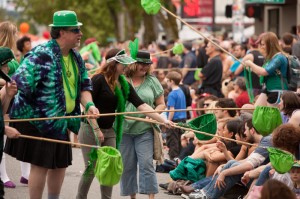
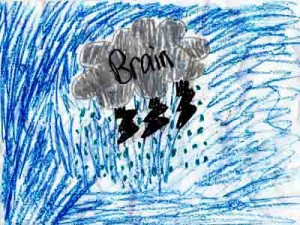
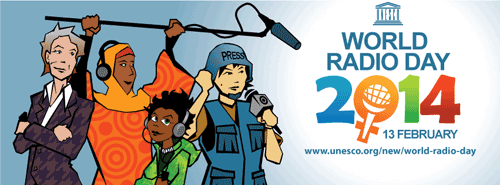
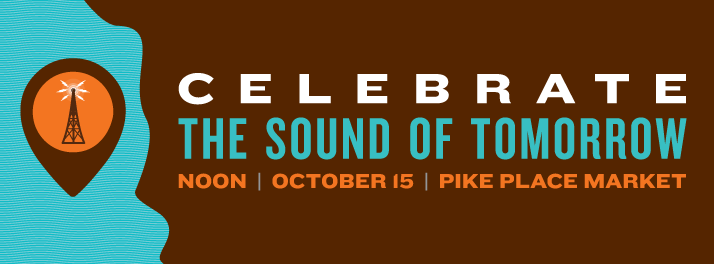

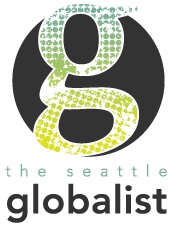
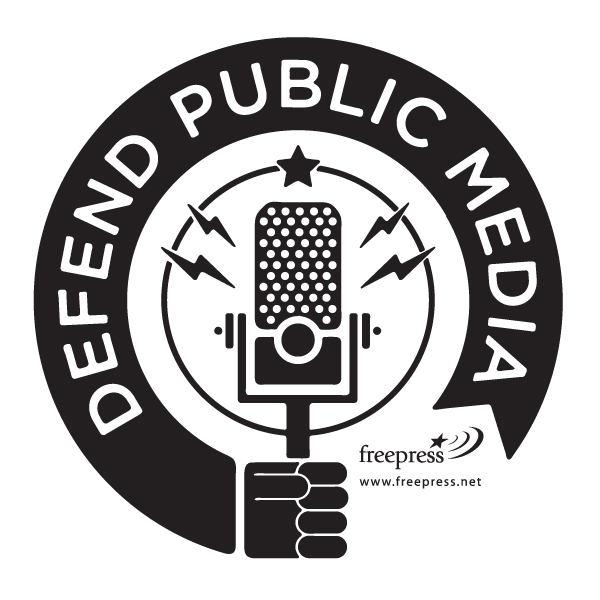

 Arts
Arts Comedy
Comedy Event Tips
Event Tips Film
Film Food & Drink
Food & Drink Good Causes
Good Causes Music
Music News
News Radio
Radio Roller Derby
Roller Derby